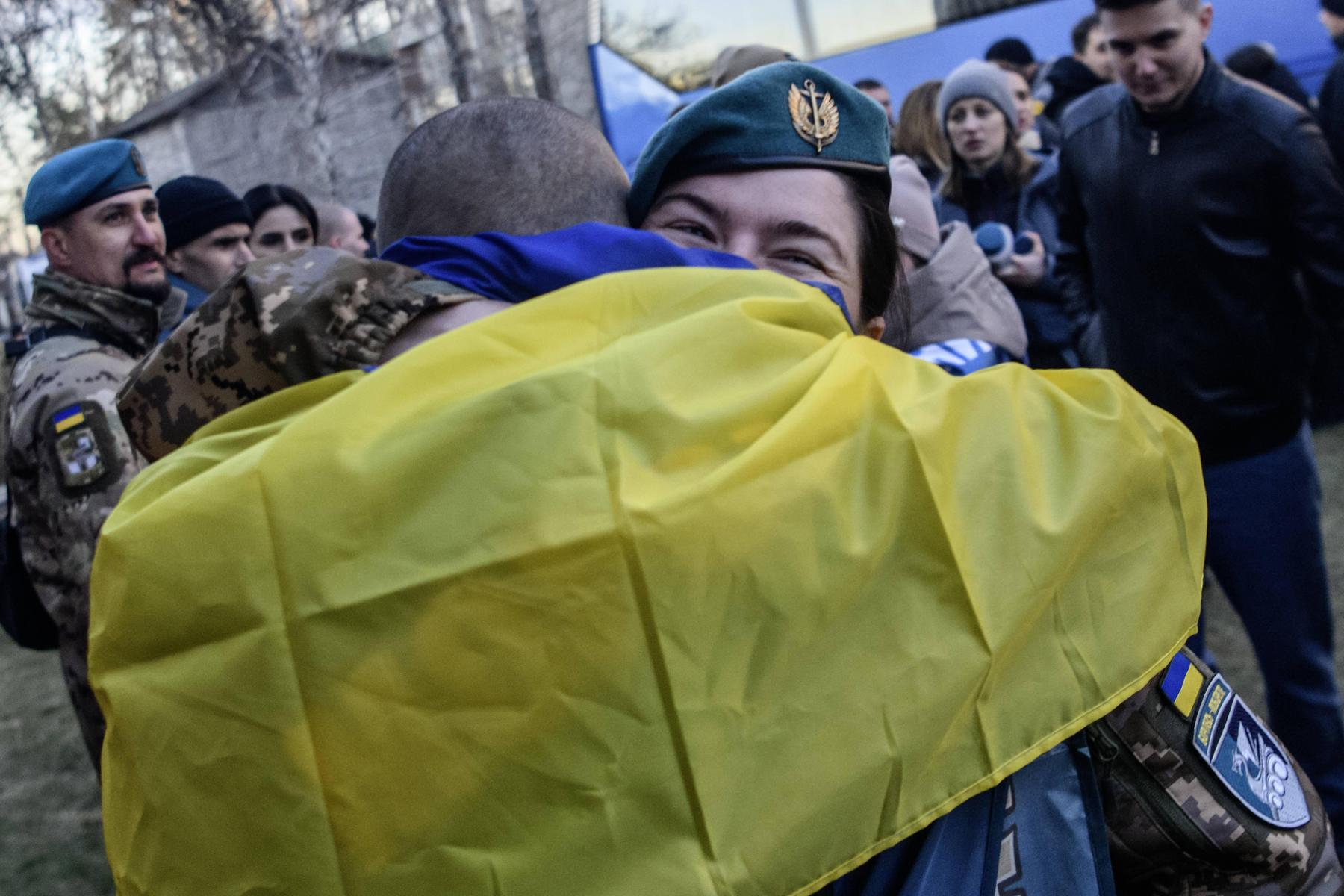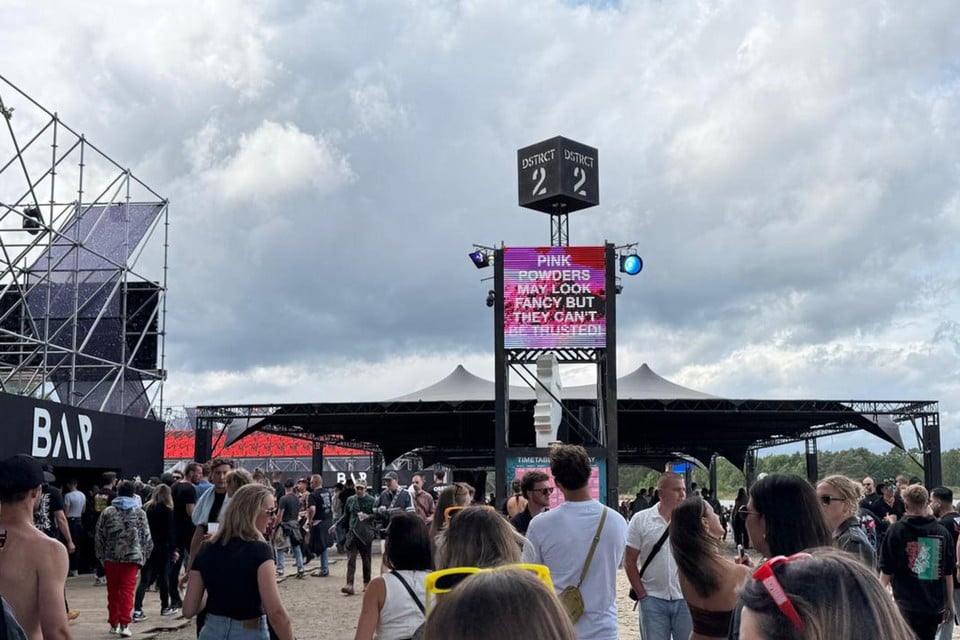Will the scrap place become a raw material warehouse of the future? – Diepresse.com

What else is in the old car? At the Montan University Leoben, new technologies are created that regain valuable metals from car wrecks – precisely, sustainable and with the help of artificial intelligence.
If a car reaches the end of its lifespan, it no longer lands on the car cemetery, but is recycled. What used to end as a junkyard fate is now a starting point for innovation. Because at the Montan University Leoben, new technologies for recycling are being developed, which are supposed to raise the recycling of their own vehicles to a new level.
As part of the Innovation Forum, « Press » editor Michael Köttritsch spoke to two experts: Inside the Montan University Leoben: Roland Pomberger, Chairman of the Waste Recording Technology and Waste Management, as well as Alexia Tischberger-Aldrian, project manager of the research project « Kiramet ». Together they gave insights into current developments and future potential of altar car evaluation – directly from one of the leading research institutions in Austria in the area of recycling technology.
In the focus
The university in Styria has long since established itself as an innovation smithy and has a pioneering role in recycling vehicles. Not only research and teaching benefit from this, but also students who are integrated into projects at an early stage.
Roland Pomberger explains why cars are particularly interesting for the circular economy: « No product in our society contains as many interesting and valuable raw materials as a car – and in a concentrated form. » This is exactly where the researchers’ motivation comes in: Inside: These raw materials should be made available as efficiently as possible. But the reality shows that there are still no suitable technologies in order to separate the various metals in Alt cars sufficiently precisely. In this context, the use of artificial intelligence (AI) is becoming increasingly important – especially when sorting shredder materials.
With AI to better scrap
Here the “Kiramet” project comes into play. Under the direction of Alexia Tischberger-Aldrian, work is being carried out to develop a AI-based procedure for the preparation of metal composite waste. The aim is to significantly improve the quality of cried scraps and to add high -quality recycling processes. This is not just a technical challenge, but also a strategically significant development: because political framework conditions such as the European Green Deal, the Green Industrial Deal and the Critical Raw Materials Act increase the pressure on industry and research, sustainable solutions. The latter even defines those raw materials that are considered to be particularly critical and strategically important – such as copper.
« Kiramet ‘is about producing a inexpensive, high-quality scrap, » explains Tischberger-Aldrian. « Our goal is to use AI and image processing technology to recognize and specifically outline copper particles in the metal current. » If this succeeds, not only new standards could be set in recycling, but also created economically viable solutions.
Research with practical relevance
The close cooperation between science and business shows that such projects do not arise in a vacuum. At the Montan University Leoben, students are involved in research from the fourth semester – an early combination of theory and practice that promotes sustainable innovation. This practical relevance is also central to Roland Pomberger: « We do not sit in the ivory tower in the Montan University, but do applied research at a high technological level. » Without partners from industry and companies that deal with AI, projects such as « Kiramet » could not be implemented.
The key to success is therefore in the establishment of a consortium that integrates all relevant actors along the entire value chain. « Research in quiet closet – you won’t find that at the Montan University, » Pomberger sums it up.







